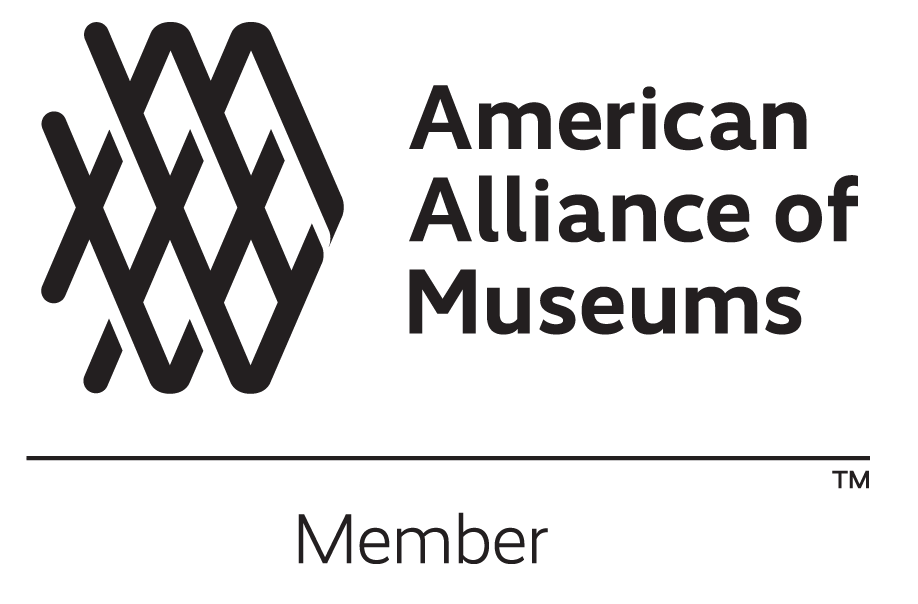On December 4th, 1783, following the celebration of New York City’s return to American hands, Washington invited his officers to the Long Room of Fraunces Tavern. According to the Tallmadge memoirs, Washington lamented: “With a heart full of love and gratitude, I now take leave of you. I most devoutly wish that your latter days may be as prosperous and happy as your former ones have been glorious and honorable.” After seven years with these men, the event was marked with “extreme sensibility on both sides” as Washington took each of them by the hand and personally thanked them. In an unprecedented move, Washington bid farewell to his officers and sought to step down from his position as the General of the Continental Army. Afterward, Washington, escorted by a column of infantrymen down Whitehall Street, took a barge across the Hudson River and traveled to Annapolis, Maryland, to hand his resignation to Congress.
From May 14th to September 17th, 1787, delegates from across the United States held a closed-door meeting in Philadelphia in debate for a stronger central government. Persuaded by James Madison and Gen. Henry Knox, Washington attended and served as president of the convention. The four-month assembly ended with the ratification of the US Constitution, our current form of government. Under the new Constitution, the country unanimously elected Washington as the first President of the United States. Back in the public realm, Washington traveled to the nation’s new capital: New York City.
On April 30, 1789, the city awakened at dawn to a salute from guns on the Battery for Washington’s inauguration day. At noon, Congress assembled, and Washington stepped onto the second-floor balcony of Federal Hall, located at the intersection of Broad and Wall Street, dressed in plain brown American broadcloth, pictured here. Administered by Robert R. Livingston, Washington performed the Oath of Office.
New York served as the nation’s capital from 1785 to 1790. Washington’s tenure as president in the City was brief. During their stay in New York, the Washingtons took up residents at 3 Cherry Street. The household staff included fourteen servants, seven enslaved people, and the household steward, Samuel Fraunces (the namesake of Fraunces Tavern). Fraunces oversaw the operation of the presidential home and selected food for the Washingtons’ table.
In New York, Washington developed the American presidency; every move he made set a precedent in the office’s political and social aspects. His most considerable contribution to the institution was the development of the presidential cabinet. The original cabinet consisted of the Secretary of State Thomas Jefferson, the Secretary of War Herny Knox, the Secretary of the Treasury Alexander Hamilton, and Attorney General Edmund Randolph. In 1790, Washington moved to Philadelphia, along with the Federal Government.





